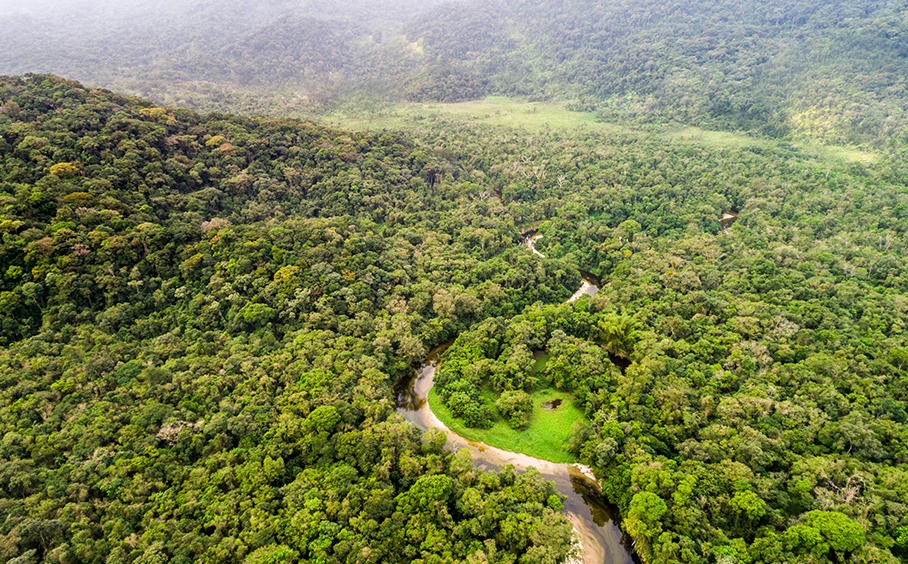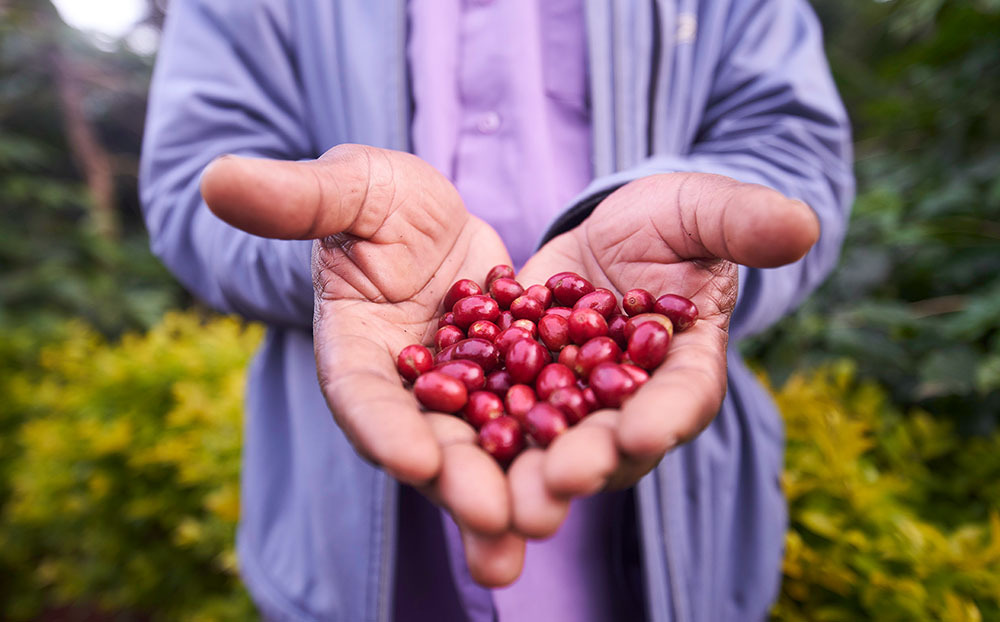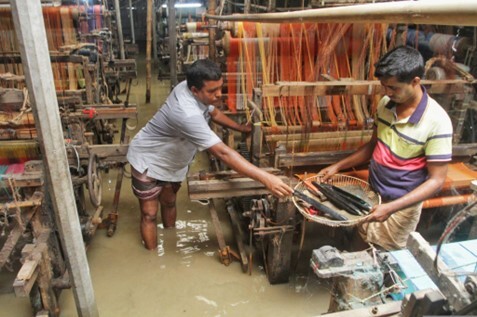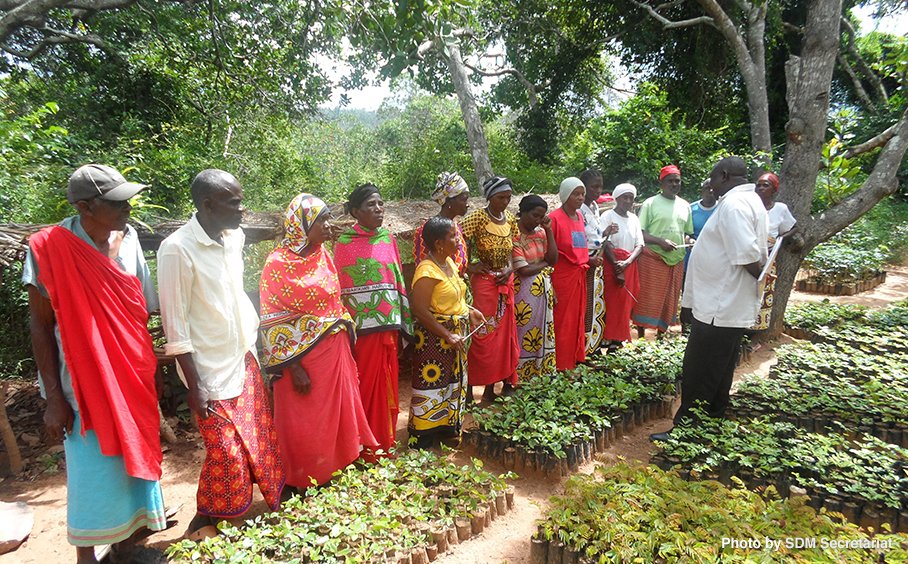
Photo by SDM Secretariat
Issue
Population growth, overdependence on natural resources, and cultural erosion are degrading an isolated coastal forest
Solution
Regeneration and maintenance of the sacred Kaya forest through afforestation and monitoring will help conserve biodiversity and improve livelihoods

Value provided by the forest
Forests on the Kenyan coast are not only part of the cultural and historical heritage, but are also rich in natural resources and have long been used as a basis for local livelihoods. For example, they have provided biomass fuel, food, shelter, herbal medicine, ecotourism, agriculture, water cycle, and soil stabilization. Indigenous knowledge systems that contribute to climate change adaptation are also deeply connected to the forests, which were protected as sacred in the past. However, rapid population growth and overburdened natural resources are destroying the forests and their cultural values, and poverty, unemployment, and weak legal enforcement make it difficult to protect them. Therefore, to rediscover the values that forests have provided and restore local livelihoods, ecosystem services must be restored through forest regeneration.
Extracting NbS through reforestation
In this project, two methods are being used to regenerate the forest and extract the benefits of nature from it. The first is the use of experts to gather knowledge from the indigenous people on how to use the forests and to educate and deepen the understanding of the communities involved in the forest. The second is the introduction of a monitoring tool to enable ongoing community-based regeneration and maintenance of the forest, which tracks the survival rate of trees, seedlings, and landscape restoration. These will also be used to monitor reforested areas.
In addition, activities for reforestation included expanding the community seed bank and increasing income from forest products. Since there were endangered vegetable varieties and medicinal plants in the region, seed banks and protected areas were established to conserve them in a sustainable manner, and traditional varieties that are indigenous to the region and have local advantages were made available to local farmers at low cost.
Efforts were also made to create additional sources of income by processing and selling products from the forest. For example, beekeeping-related products, processing and sales of agricultural products, and expansion of eco-tourism business based on nature were undertaken. As a side effect of the above efforts, there was an increased understanding and appreciation of traditional institutions and practices among the youth. It has also changed the community's perception of utilizing biodiversity in a sustainable manner and fostered a sense of flexibility in dealing with future changes, including adaptation to climate change.
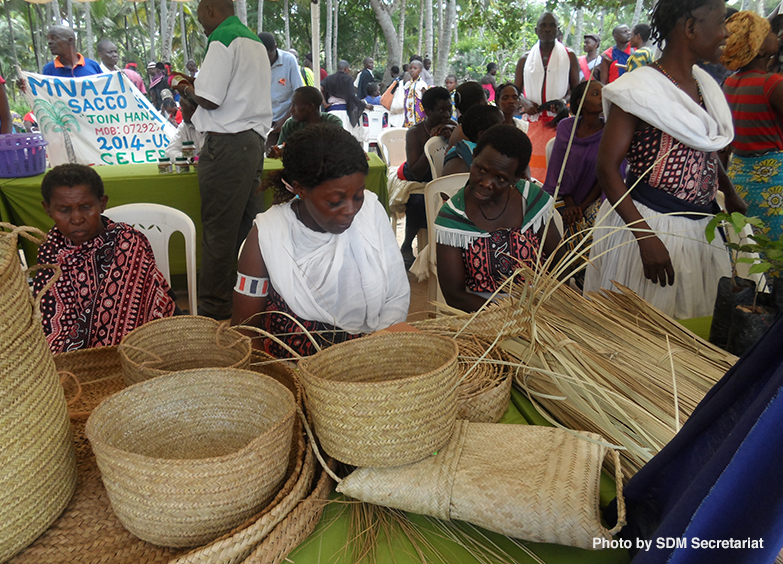
Various stakeholders share their roles and responsibilities
One of the success factors is the participation of multi-stakeholders. First of all, local communities were the main actors in the activities, and they took ownership of the day-to-day activities. The local government was involved from the beginning to ensure that the project would not be a one-time event, but would continue for a long time, and integrated the project into the group integrated development plan. The national museum played a role in identifying and documenting the indigenous knowledge and cultural practices of edible medicinal plants and providing technical support and advice on their sustainable use. Problems that may arise in the distribution of benefits from the involvement of various actors can be resolved by determining a dispute resolution mechanism in advance. This is an example of how SDM funds, which are international funds, were used to start an ongoing regional effort, and how NbS was eventually integrated into the regional plan.
Location

